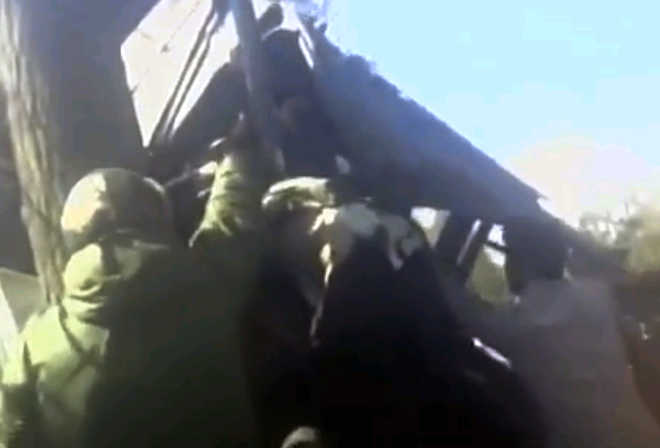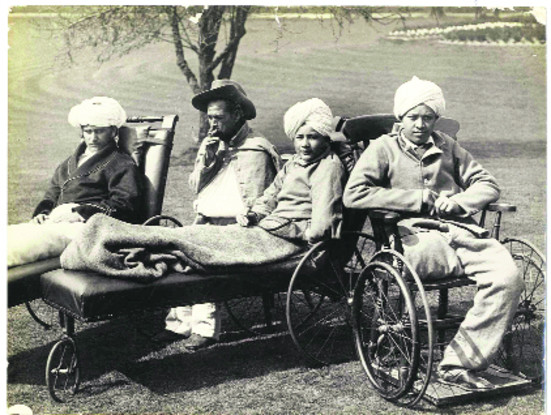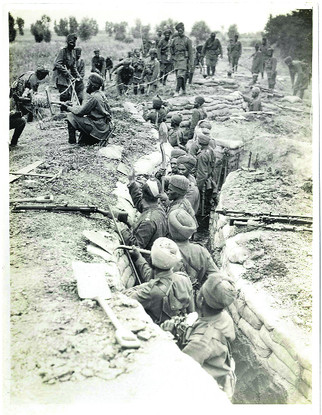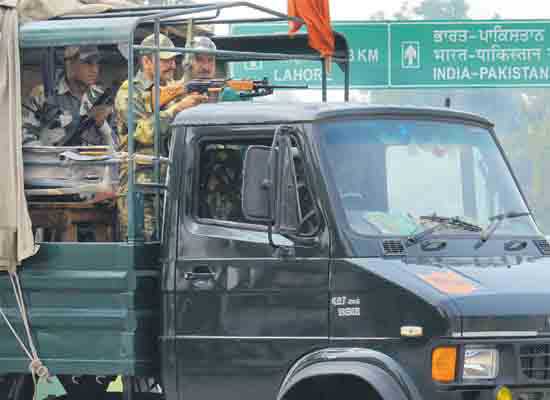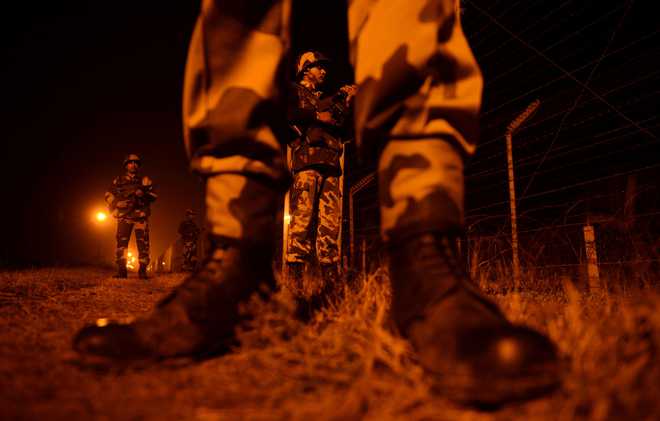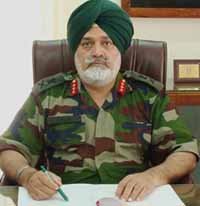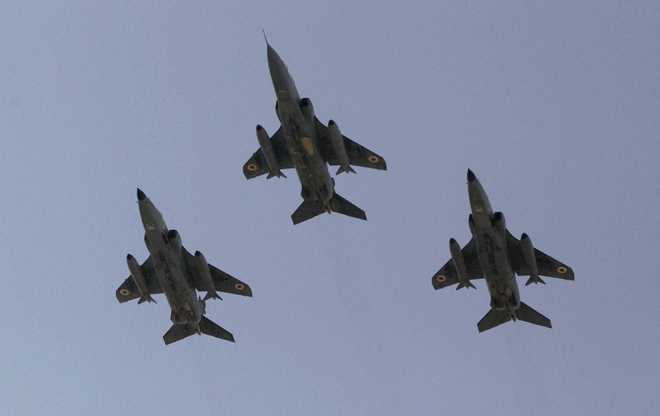CHANDIGARH: In it’s long history, Punjab has seen many upheavals.
For centuries the invading armies ransacked the province and plundered its people. It’s women folk were subjected to all manner of indignities. Every time the people of Punjab, rose phoenix like. Finally they met the challenge from across the Hindukush Mountains and under Ranjit Singh turned the tide of invasions. Then the partition of the country took place which hit the Punjabis the hardest. Millions were rendered homeless and destitute and yet again the Punjabi spirit prevailed and within a decade they were back on their feet.
What Punjab is up against now is more sinister than anything experienced in the past.
The scale at which narcotics from across Punjab border which is well manned and equally well fenced, are being pushed for well over a decade, can only take place with a degree of involvement of border and local police.
To that has been added the indigenous effort from within the province, where locally manufactured drugs are freely available.
https://www.facebook.com/1626744910923373/videos/1648317238766140/
)
One newspaper report has indicated that 73 percent of youth of the province are addicted to drugs. Unemployment amongst the youth has driven many to drugs. Village after village is mourning the death of its young men killed by this scourge. Older men are using the MGNREGS money to buy poppy husk and are aging fast. Hence this curse is hitting at both ends of the population spectrum.
To add to these tragic developments, is the proliferation of ‘Thekas,’ (liquor vends ) which for the Punjab government has become a principal source of revenue! The state’s treasury is empty and the debt has been mounting. Punjab lost one generation to militancy and now is losing the second to drugs.
The drug addiction has spread right across the province and there appears to be a nexus between the police and the political class, else it could not have spread to such an extent. A senior retired police officer has named a number of important politicians who have had a direct link with the drug mafia. A key operator in the drug trade has named one minister in the present government as directly involved in this racket. Now instead of rounding up the drug smugglers and peddlers, drug addicts are being cornered.
It may be recalled that Sarabjit Singh, who died in a Pakistani prison and was given a state funeral and much else, had crossed over to Pakistan, and there has been no satisfactory explanation of the circumstances under which he had jumped the border. As per one report he was apprehended by the Pakistan police while smuggling liquor from India and that the FIR in the case so reads. Could it be that on his way back he used to smuggle narcotics into India!
This is not all. Both education and healthcare in the province have seen a new low. Fifth grade children are unable to read the script of second grade books. There are some schools who have distinguished by showcasing hundred percent failures in board examinations. The infrastructure of government schools is pathetic and to that one may add the poor standard of teaching staff, where large numbers have found entry by means other than merit. Large vacancies in the teaching staff are not being filled. Instead of focusing on improving standard of education, healthcare, infrastructure, etc, we are spending large sums in building memorials!
In the absence of industrialization there have been few jobs for the youth. While Information Technology swept through the country, creating millions of jobs, it bypassed Punjab because of a poor standard of education and lack of skill in the English language. With incentives offered to Himachal Pradesh and Jammu and Kashmir, and the difficulties faced by industrialists in Punjab, most of industry has moved out of the province.
Government hospitals are in a pathetic state. These are ill equipped and poorly staffed and that has led to the proliferation of private hospitals where medical bills can kill a patient more surely than his ailment. One serious illness in a lower middle class family can drive it to below poverty line.
Free electricity to farmers has resulted in lowering of the water table to dangerous levels and in Southern part of the province large areas are water logged. Paddy cultivation has resulted in a hard layer being formed a foot below the surface and affect soil fertility.
Suicide amongst farmers is a common occurrence. Water itself in most parts is no more portable. Contaminated water has led cerebral palsy amongst children. Lax implementation of laws, has led to release of industrial waste into rivers and into the ground where it mixes with underground water.
Toxic dust from coal fired powerhouses is resulting in respiratory problems. Excessive use of pesticides too has added to the pollution of ground water and rendered vegetable and fruit unhealthy for consumption. Instead of opting for high rise residential buildings, single/double story houses as part of ill planned growth of towns has led to loss of good agricultural land for ever.
Politicians , bureaucrats, wheeler dealers and some others buy land in certain areas which is then bought by the State Development Authority at an exorbitant price plus some freebees, to setup residential cum commercial townships. In the draw for plots, bureaucrat’s and their drivers and cooks figure prominently! That’s how the Aero City came up and now the same game has come into play for the New Chandigarh township. Instead of raising high rise housing complexes these new colonies are eating up good agricultural land. The details of ownership of land at these two townships will lay open the game plan.
Approximately 1700 marriage palaces have been allowed to come up all over the state, where social compulsions place an unbearable burden on many girls parents and completely negates the ‘girl child project.’ To encourage drinking, VAT on liquor served at these marriage palaces has been eliminated. SGPC and religious teachers too are silent on this important social issue.
Those who, in the 1950’s, decided on the industrial policy for India, excluded Punjab from heavy industrialisation on the plea that it is a border state! With no heavy industry in place, no ancillary industry could come. Entry into the military was the principal avenue of employment for the youth of Punjab. Government brought in Male Recruit’able Population ( MRP ) formula thus reducing Punjab’s recruitment vacancies, proportionate to its population. While this MRP concept was applied to recruitment into the military, the same was not applied to plethora of Central Police Organisations (CPOs), railways and other central government jobs. MRP policy hit Punjab the maximum.
A climate of loot and plunder is all pervasive, and corruption in government offices is rampant. Certain political families have cornered most of the lucrative business in the province.
In its long and painful history, the province has never faced such a wide range of calamities, all at once. There appears to be no light at the end of this tunnel. Punjab continues to be heavily overcast and there appears to be no silver lining to this cloud!
� (Lt General J.S Dhaliwal retired as Chief of Staff of Indian Army’s Northern Command).
